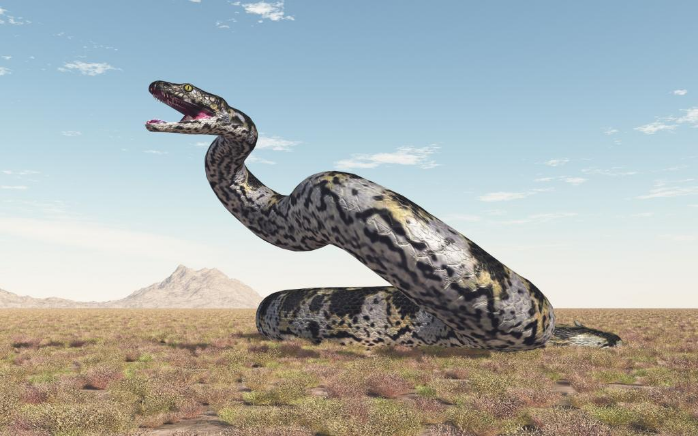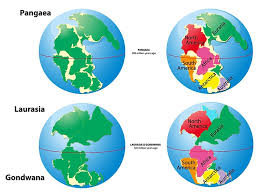- Courses
- GS Full Course 1 Year
- GS Full Course 2 Year
- GS Full Course 3 Year
- GS Full Course Till Selection
- Answer Alpha: Mains 2025 Mentorship
- MEP (Mains Enrichment Programme) Data, Facts
- Essay Target – 150+ Marks
- Online Program
- GS Recorded Course
- Polity
- Geography
- Economy
- Ancient, Medieval and Art & Culture AMAC
- Modern India, Post Independence & World History
- Environment
- Governance
- Science & Technology
- International Relations and Internal Security
- Disaster Management
- Ethics
- NCERT Current Affairs
- Indian Society and Social Issue
- NCERT- Science and Technology
- NCERT - Geography
- NCERT - Ancient History
- NCERT- World History
- NCERT Modern History
- CSAT
- 5 LAYERED ARJUNA Mentorship
- Public Administration Optional
- ABOUT US
- OUR TOPPERS
- TEST SERIES
- FREE STUDY MATERIAL
- VIDEOS
- CONTACT US
Vasuki Indicus: A Giant Snake from India
Vasuki Indicus: A Giant Snake from India
22-04-2024

Researchers have recently discovered fossils of one of the largest snakes that ever existed, named Vasuki Indicus. The fossils were found in Kutch, Gujarat, India, and date back to the Middle Eocene period, around 47 million years ago.
About Vasuki Indicus
- It belonged to the now-extinct Madtsoiidae snake family, which lived between 100.5 million and 12,600 years ago.
- This was a unique species of India, which was different from other Madtsoiidae snakes.
- Vasuki Indicus was a large snake, reaching lengths between 10 and 15 meters and weighing around 1 tonne.
- Its body was probably broad and cylindrical, indicating a strong and powerful build.
- It was as big as Titanoboa, the longest snake ever known.
- Vasuki indicus was a slow-attacking predator that, like the anaconda and python, subdued its prey through contractions.
FAQs:
Q: What is Gondwana?
Gondwana was a supercontinent that formed around 500 million years ago. It was made up of the landmasses that are now part of the following continents:
Australia, Antarctica, South America, Africa, Arabian Peninsula, India, and Madagascar.
- Gondwana split from Pangea about 250 million years ago, creating the supercontinents Laurasia and Gondwana. Laurasia was made up of North America, Europe, and Asia.
- Gondwana became the largest piece of continental crust of the Paleozoic Era, covering an area of about 100,000,000 km2.



